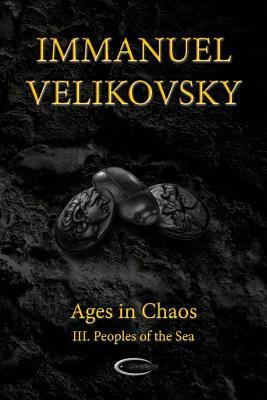"Peoples of the Sea" is, in some sense, the culmination of the series "Ages in Chaos." In this volume the erroneous time shift of classical history reaches its maximum span - 800 years! With carefully documented evidence and indisputable arguments, Velikovsky places Ramses III firmly into the 4th century B.C. thereby solving, once and for all, numerous conundrums that historians had been confronted with in the past. He unveils the surprising identity of the so-called "Peoples of the Sea", clarifies the role of the Philistines and solves the enigma of the Dynasty of Priests. This volume leads Velikovsky's revised chronology up to the time of Alexander where it links-up with the records of classical chronology. In an extensive supplement Velikovsky delves into the fundamental question of how such a dramatic shift in chronology could have come about. Analyzing the main pillars of Egyptian chronology, he points out where the most dramatic mistakes were made and addresses the misunderstanding underlying the "astronomical chronology". In a further supplement he discusses the very interesting conclusions that can be drawn from radiocarbon testing on Egyptian (archeological) finds.

"Peoples of the Sea" is, in some sense, the culmination of the series "Ages in Chaos." In this volume the erroneous time shift of classical history reaches its maximum span - 800 years! With carefully documented evidence and indisputable arguments, Velikovsky places Ramses III firmly into the 4th century B.C. thereby solving, once and for all, numerous conundrums that historians had been confronted with in the past. He unveils the surprising identity of the so-called "Peoples of the Sea", clarifies the role of the Philistines and solves the enigma of the Dynasty of Priests. This volume leads Velikovsky's revised chronology up to the time of Alexander where it links-up with the records of classical chronology. In an extensive supplement Velikovsky delves into the fundamental question of how such a dramatic shift in chronology could have come about. Analyzing the main pillars of Egyptian chronology, he points out where the most dramatic mistakes were made and addresses the misunderstanding underlying the "astronomical chronology". In a further supplement he discusses the very interesting conclusions that can be drawn from radiocarbon testing on Egyptian (archeological) finds.